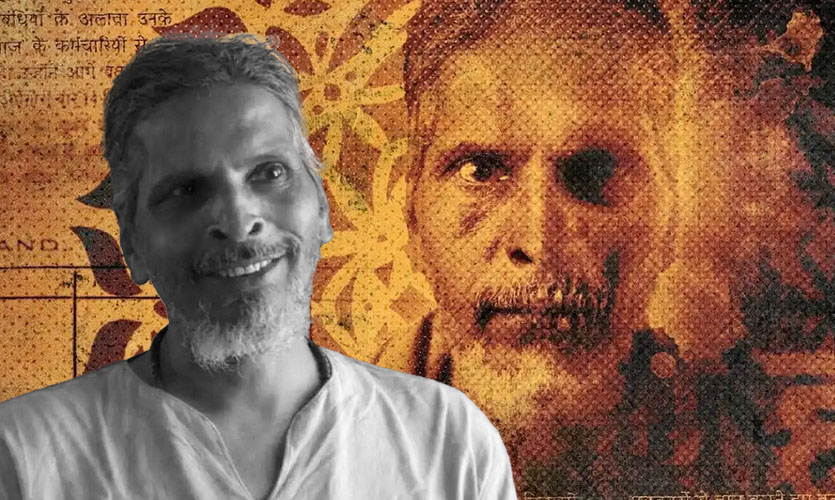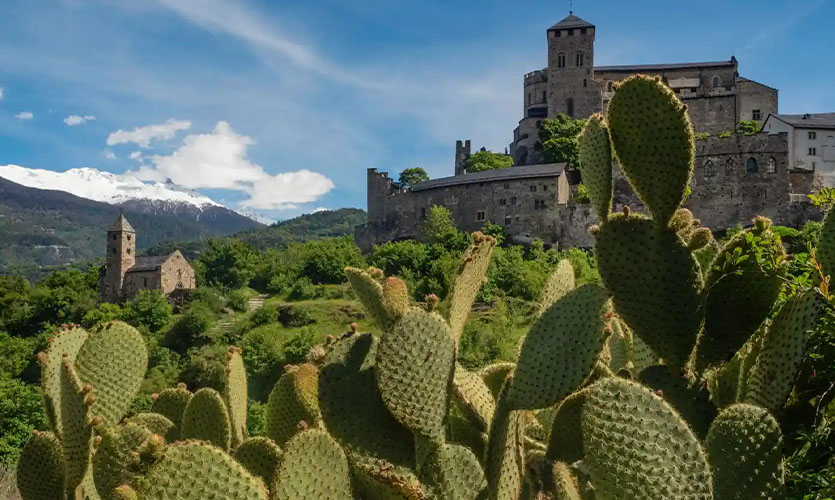What sparked from a spine-chilling murder of a journalist, unravelled into an investigation of a series of other gruesome killings in Uttar Pradesh. As twisted as it sounds, there are other horrific revelations to this killing spree that might leave you aghast.
Taking us through Raja Kolander’s diary of ‘cuts’, as he calls it, Netflix’s recent true crime offering – ‘The Indian Predator: Diary of a Serial Killer’ – opens avenues to an unlikely murder. A crooked killer for some and a ‘ghoul’ for others, Kolander is convicted for the murders of 14 people and also for consuming them.
The story links his victims and his motives behind the various styles of murders; whether it be decapitating them, collecting their skulls, or cooking their brains. It makes you rethink if cannibalism is rather uncommon and only limited to murder. Kolander answers it all.
On extensive probing by psychologists and social activists, it is revealed that there is more to Kolander’s motives than he is letting on. The reasons behind his killings were more than just one. Through the episodes, it is understood that Kolander was a product of a rigidly stratified society, belonging to the Kol tribe, on a quest to seize power through these killings. Not only this, but he indulged in ritualistic sacrifices to attain ‘mystical powers’ from Goddess Bagalmukhi, a deity of the shamans.
Such underlying reasons for cannibalism or even murders can be traced far through the pages of history.
Cannibalism Down The Line: A Taboo Or Trend?
In earlier times, cannibalism was majorly evident in funeral practices. For example, the Fore of Papua New Guinea were known to consume the bodies of their dead. The ritual was viewed as a symbol of love and respect as it kept bodies from decomposing or being ravaged by insects. Likewise, the procedure was also supposed to protect the body from any evil spirits. A similar practice was followed by the Aztecs who ate the corpses that they considered to be sacred.
However, cannibalism was not limited to just this. In times when wars and usurping kingdoms were prevalent, devouring one’s enemy was the ultimate act of revenge. Consuming one’s rival was supposed to give the conqueror the power and bravery of the fallen, in addition to demonstrating dominance and inciting terror. During World War II, Japanese troops ate PoWs, whereas the Korowai of New Guinea had the legal right to eat men who they thought were witches.
While many cultures and faiths took a strong stand against cannibalism eventually, the Chinese encouraged it. Human flesh was reputedly sold in marketplaces by the Batak of Sumatra in Indonesia, and human-based meals were historically regarded as a luxury in China.
On the other hand, for the West, cannibalism became a tool to enslave tribals. Cannibalism was turned into a taboo when Columbus’ misinterpretation termed native islanders as ‘caniba’. The Spanish Crown saw this as an opportunity to enslave the tribes since they refused to convert to Christianity, supposedly posing a threat to humanity. Lo and behold, the terror of cannibalism spread across the world.
Why Eat Your Own?: The Psyche Of A Cannibal
Keeping criminals like Raja Kolander in mind, and the umpteen reasons why humans resort to eating their own, psychology has studied this behaviour in depth. Every case more clinically complex than the other, several studies could rule out ego and narcissism as one factor among people with mental disorders. Much like Raja Kolander, who renamed himself so from ‘Ram Niranjan’.
According to Dr Rajat Mitra, a clinical psychologist, he is said to live in an ‘imagined reality’ wherein the reality of being oppressed clashed with his imagination of taking control of it and thus, created his core personality. “He perceived himself as the ‘king’ of the Kol tribe which was reflected through his attempts to enter politics,” comments journalist Ratibhan Tripathi during the series. The Kol tribe has been a victim of years of oppression and is seen as a disadvantaged community. Therefore, Kolander supposedly rose to the occasion to ‘right the wrongs’, and preyed on particularly intelligent and upper-caste victims for the same.
For him, committing murders was serving justice, and writing the names of the victims in his diary administered a sense of righteousness in him. According to research, although many cannibals could be psychotic and delusional, they could also be well aware of the actions that make them feel potent.
Spirituality and religion have also contributed to cannibalistic tendencies among societies. Some believe the Holy Eucharist in Christianity encourages cannibalism, however, it is only the consumption of the Lord as accidents of bread and wine. Other religions encourage sacrifices for protection against evil and good health. Raja Kolander followed a similar principle. He was inherently a spiritual man and can be seen meditating, praying and lighting incense while carrying out poojas in the series .
Even though cannibalism as a tribal practice has reduced over the years since the introduction of law and order, not far out in the South Pacific, the Korowai tribe of Indonesian New Guinea is said to have a man-eating society. The jungle is reported to be home to around 4,000 tribesmen, for whom cannibalism is the revenge-based justice system. According to them, a ‘khakua’ or a witch man is behind all deaths in the tribe, and is said to reside within them, which is why they must consume the flesh of the corpses and avenge their death.
Such a cannibal cult is also based in India. Famously known as the Aghoris, they are exiled monks from Varanasi who drink from human skulls and consume human flesh as a part of their spiritual enlightenment rites. An Aghor is also a spiritual master, capable of curing and saving people’s lives from mental and physical diseases. While there used to be hundreds belonging to the cult in the 19th century, only a handful exist today.
Raja Kolander can be seen as an embodiment of this history and much more. He was not just a criminal but a take on what we knew about the ‘zombie diets’. It is clearly still prevalent and has claimed more lives than we can imagine.
‘The Indian Predator: The Diary of a Serial Killer’ definitely revisits cannibalism with a fresh perspective. There is no murderer, just a man who killed for ‘justice’. The question remains, how far can this wicked man vs man fight go before the human race implodes?
Read more: The Thin Line Between Tokenism And Representation In Hollywood










